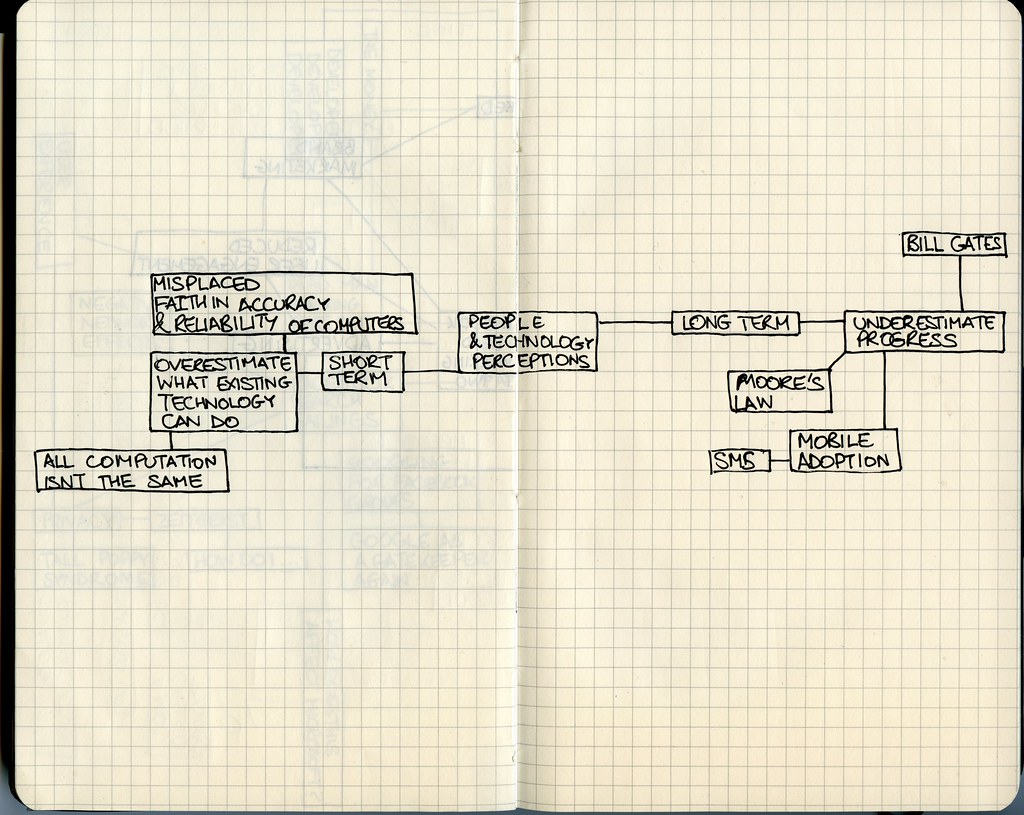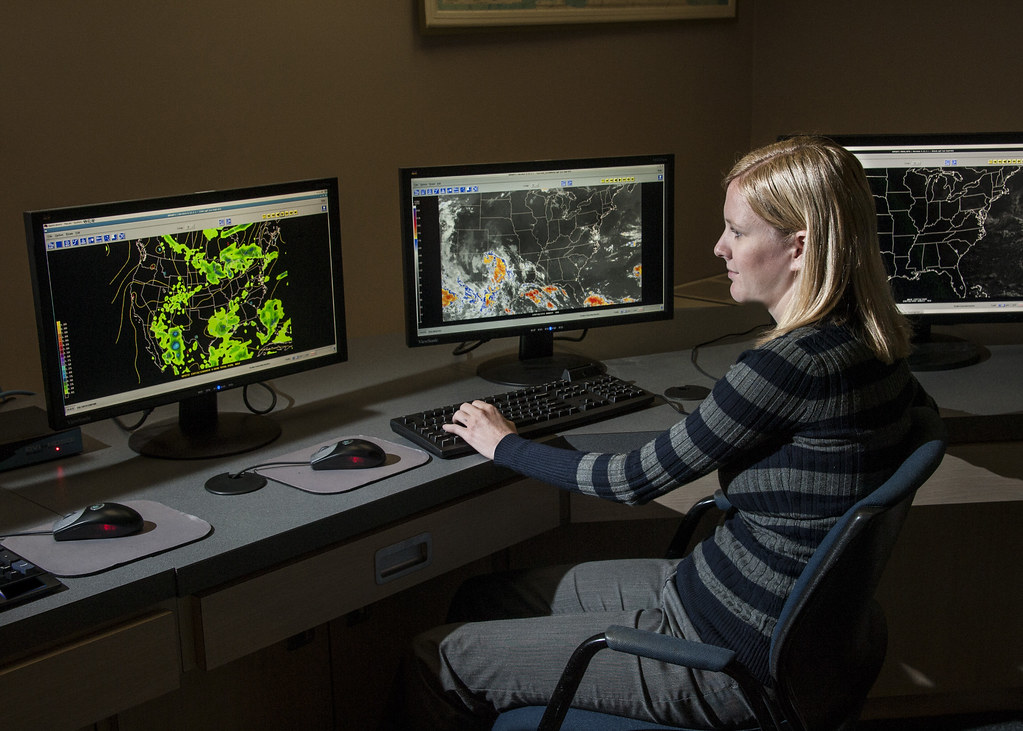As we continue to rely more and more on technology, the issue of privacy invasion becomes increasingly prevalent. With the rise of remote work and online communication, many of us spend a significant amount of time in front of our screens. But have you ever stopped to think about who might be watching? As Mac users, we assume that our devices are secure and protected from prying eyes. However, recent developments suggest that this may not always be the case. In this blog post, we’ll explore the possibility of someone spying on your Mac screen and offer some insight into how you can protect yourself from potential privacy invasions.
Introduction: The Growing Concern of Privacy Invasion on Mac
With the rise of remote work and an increase in online activity, protecting your privacy on a Mac has become more important than ever. Unfortunately, screen spying is a growing concern that many users may not even be aware of. Malicious actors can install spyware onto your Mac without your knowledge, allowing them to observe everything you do on screen–including sensitive information such as passwords or financial data.
The consequences of screen spying can be severe, leading to identity theft, financial loss, and other harmful outcomes. It’s crucial for Mac users to educate themselves on the signs that their screen is being observed and take steps to protect their online security.
In this article, we’ll explore different methods of detecting and removing spyware from your Mac as well as tools available for protecting your privacy online. We’ll also share real-life examples of those who have fallen victim to screen spying so you can understand just how serious these threats can be.
Signs That Your Screen is Being Observed on Mac
Signs That Your Screen is Being Observed on Mac
Privacy invasion is a growing concern for Mac users, and it’s important to know the signs that your screen is being observed. One of the most obvious signs is if your cursor moves or clicks on its own, without you touching the mouse or trackpad. Another sign is if you notice unusual activity on your computer, such as files being moved or deleted without your knowledge.
If you suspect that someone is spying on your screen, look out for strange pop-ups or messages that appear on your screen. These could be a sign of spyware trying to gain access to your computer. Additionally, if you notice that your computer is running slower than usual or if programs are crashing frequently, it could be a sign of spyware running in the background.
It’s important to take action immediately if you suspect that someone is spying on your screen. Ignoring the signs could lead to serious consequences, such as identity theft or financial loss.
Understanding the Different Types of Spyware for Mac Screens
Spyware is a type of malicious software that can infect your Mac and monitor your screen without permission. Keyloggers are one type of spyware that records every keystroke you make, including passwords and sensitive information. Another form of spyware is screen recorders, which can capture everything on your screen, from emails to online banking information.
Some types of spyware for Mac screens are more sophisticated than others. For example, some may use advanced techniques like hiding their files or disguising themselves as legitimate programs to avoid detection. Others may have the ability to remotely control your computer or even turn on your webcam without you knowing.
It’s important to be aware of the different types of spyware out there in order to properly protect yourself and keep an eye out for any signs that someone may be spying on your screen. In the next section, we’ll discuss how you can detect and remove spyware from your Mac.
How to Detect and Remove Spyware from Your Mac
Signs that Your Mac Might Be Spied On
If you suspect that your screen is being observed on Mac, there are a few signs to look out for. First, if your cursor moves on its own or your applications open and close without your input, it could be a sign of spyware. Additionally, if you notice unusual network activity or pop-ups, it’s possible that someone is monitoring your screen. Finally, if your Mac’s performance has significantly decreased or you notice unfamiliar files or applications, it’s important to investigate further as these could be indicators of spyware. If you notice any of these signs, it’s crucial to take action and detect and remove spyware from your Mac immediately to protect your privacy.
How Spyware Can Invade Your Mac’s Privacy
Spyware can infiltrate your Mac in a variety of ways, often without your knowledge or consent. Some common methods include downloading infected software or attachments, clicking on malicious links, or even through fake software updates. Once installed, spyware can monitor your every move on your computer, including keystrokes, browsing history, and even take screenshots of your screen. This invasion of privacy can lead to identity theft, financial loss, and other serious consequences. It’s important to regularly scan your Mac for spyware and take steps to protect yourself from future attacks.
Step-by-Step Guide to Detecting Spyware on Your Mac
To detect spyware on your Mac, begin by checking for any unknown or suspicious programs running in the background. Use a reputable antivirus software to scan your system thoroughly and remove any threats detected. Keep an eye out for unusual network activity or unexpected pop-ups and alerts as they may indicate the presence of spyware. Check your browser extensions and plugins to see if there are any unfamiliar add-ons that may be monitoring your online activities. Finally, change all your passwords to strong ones and enable two-factor authentication wherever possible to enhance security.
Removing Spyware: Tips and Best Practices
To remove spyware from your Mac, start by running a full system scan using reliable anti-malware software. Look for any suspicious files or applications that may be causing the issue. Delete any unknown or unwanted files immediately. You can also try resetting your browser settings and clearing your cache and cookies. It’s important to keep your operating system and software up to date to prevent vulnerabilities that can be exploited by spyware. Regularly monitor your system for any unusual activity and avoid downloading unknown files or clicking on suspicious links. By following these best practices, you can help protect your privacy and keep your Mac safe from spyware.
Best Tools for Protecting Your Privacy on a Mac
Best Tools for Protecting Your Privacy on a Mac**
Protecting your privacy on a Mac is crucial, especially if you suspect that someone is spying on your screen. There are several tools available that can help you safeguard your privacy and keep your digital footprint secure.
One of the best tools for protecting your privacy on a Mac is Little Snitch. This app monitors all incoming and outgoing network connections and alerts you when an app tries to connect to the internet. You can then choose to allow or deny the connection.
Another great tool is Micro Snitch, which alerts you when your Mac’s microphone or camera is being used. This way, you can be sure that no one is eavesdropping or watching you without your knowledge.
Lastly, Malwarebytes for Mac is an excellent anti-malware tool that can detect and remove spyware from your Mac. It scans your system for any malicious software and removes it quickly and efficiently.
By using these tools, you can take control of your online security and protect yourself from potential privacy invasion on your Mac.
Tips for Preventing Future Screen Surveillance on Your Mac
Check Your Permissions: How to Monitor and Control Access to Your Screen
To prevent future screen surveillance on your Mac, it’s important to monitor and control access to your screen. Check your permissions regularly to ensure that only trusted apps have access to your screen. Go to System Preferences > Security & Privacy > Privacy and review the list of apps that have requested access to your screen. If you see any unfamiliar apps, revoke their access immediately. Additionally, enable two-factor authentication for all your accounts to add an extra layer of security. This will prevent unauthorized access even if someone gains access to your login credentials. By taking these simple steps, you can protect yourself from potential privacy invasion on your Mac.
Protecting Your Privacy: Tips for Securing Your Mac Against Screen Spying
Here are some practical tips to keep your Mac safe from screen spying. First, regularly update your operating system and all installed applications to ensure that any vulnerabilities are patched up. Second, avoid downloading software or files from untrusted sources, as many spyware infections occur through phishing emails or malicious attachments. Additionally, always read the terms and conditions before installing new software on your Mac. Consider using ad-blockers and anti-tracking extensions for an additional layer of protection against online monitoring attempts. Finally, if you suspect that someone is spying on your activities, immediately run a thorough virus scan using reputable antivirus software and change all passwords associated with sensitive accounts like banking or social media logins.
Staying Alert: How to Detect and Respond to Suspicious Screen Activity
Be vigilant for any suspicious activity on your screen and take immediate action if you suspect that your privacy has been compromised. Keep an eye out for unusual mouse movements or changes in system performance. If you suspect someone is spying on your screen, use the Activity Monitor to see which apps are running and monitor network traffic using a tool like Little Snitch. You can also enable two-factor authentication or login alerts to prevent unauthorized access. Remember to keep software up-to-date and ensure that confidential data is encrypted with strong passwords so that it cannot be accessed by unwanted intruders.
Maximizing Security: Best Practices for Keeping Your Mac Safe from Surveillance
- Keep your Mac’s software up to date to ensure that any known vulnerabilities are patched.
- Install a reputable antivirus software that includes spyware detection and removal capabilities.
- Be cautious when downloading and installing apps from untrusted sources.
- Use a virtual private network (VPN) when connecting to public Wi-Fi networks to prevent eavesdropping on your internet traffic.
- Disable remote access and screen sharing unless absolutely necessary.
- Use strong, unique passwords for all of your accounts and enable two-factor authentication whenever possible.
- Regularly check your Mac’s activity monitor for any suspicious processes or applications running in the background.
Real Life Nightmare Stories: Examples of Screen Spying Gone Wrong
Key Phrases: Privacy Invasion, Personal Information
Privacy invasion through screen spying is not just a hypothetical threat – it can have very real and devastating consequences. In 2019, a California man filed a lawsuit against Apple claiming that he was wrongly arrested for theft after the store’s facial recognition software matched his face with that of the actual thief who had stolen his identity. It turned out that an impostor had used his ID to buy products at the store while being monitored by employees remotely using spyware installed on their work-issued iPhones.
In another case, a woman in Australia was horrified to discover that her ex-boyfriend had been tracking her every move through her MacBook when she logged into iCloud and found over 100 photos of herself taken without her consent stored in an album called “iTunes”.
These examples highlight just how easy it is for someone with malicious intentions to invade your privacy and steal personal information from your Mac screen if you’re not careful. Taking proactive steps like detecting and removing spyware as well as protecting your privacy with trusted tools can help prevent these types of nightmare scenarios from happening to you.
Conclusion: Taking Control of your Online Security and Protecting Your Digital Footprint
In conclusion, with the increasing sophistication of technology and software, protecting your online security is more important than ever. It’s vital to be aware of the signs that your screen may be observed on Mac and take steps to remove any spyware that has been installed. Regularly using strong privacy protection tools can also help keep you safe from potential threats.
Remember to always use caution when opening emails or clicking on links from unknown sources, as this can lead to malware installation. Stay vigilant about updating your computer’s operating system and security software to stay ahead of new threats.
Ultimately, taking control of your digital footprint means being proactive in protecting your personal information online. With a bit of awareness and effort, you can ensure that you are guarded against potential privacy invasions while using your Mac device.
In conclusion, the invasion of privacy through screen spying on Mac is a growing concern that we should all take seriously. It’s important to be aware of the signs and types of spyware, as well as how to detect and remove it from your device. Using the best tools for protecting your privacy and following tips for preventing future surveillance can go a long way in keeping your digital footprint secure. Don’t wait until it’s too late to take control of your online security. Check out our other content for more tips and information on staying safe in the digital world.





